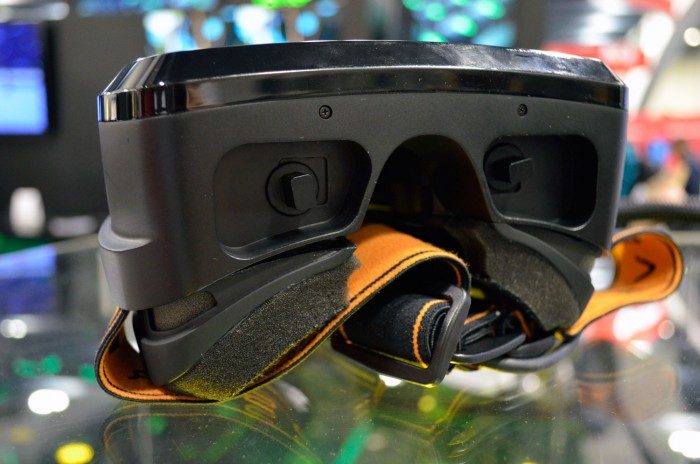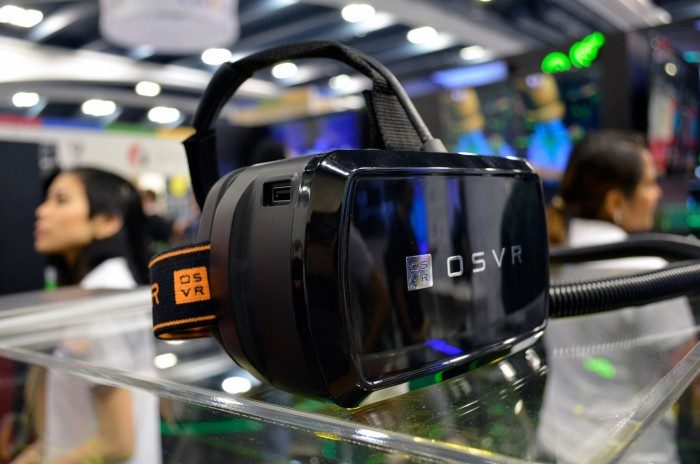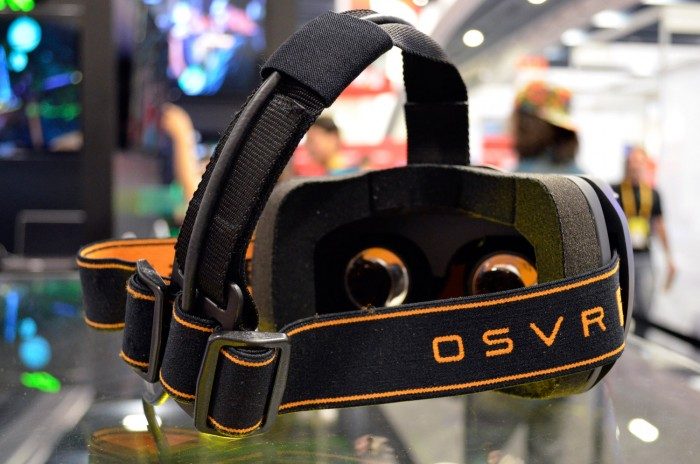OSVR has announced at GDC 2015 that it plans to update it’s Hacker Developer Kit (HDK) open source headset to 1.1 bringing with it a collection of enhancements. OSVR’s Yuval Boger walks Ben Lang through the hardware and software advancements since we last met the team at CES 2015.
OSVR’s life has been short thus far but it’s growing and evolving quickly. This week, the Open Source Virtual Reality initiative, spearheaded by peripheral company Razer and VR Headset stalwart Sensics, announced some serious progress. Not only have they increased their list of official supporters, adding such companies as games giant Ubisoft and AR start up Technical Illusions (of CastAR fame), they’re also upgrading their flagship HDK product, adding an OLED panel and experimental positional tracking add-ons.
Boger is bullish about the OSVR initiative’s progress in such a short time; “Since our launch at CES about 2 months ago we now have about 50 partners, we support I think close to 20 different head mounted displays. Which means that, if you build a Unity project, you can drag in a configuration file for a head mounted display and you’re done!” Illustrating this, as you can see in the video above, is Tammeka Games‘ Radial-G – a project originally built for the Oculus Rift – can be seen running flat out. “..the same Radial-G that you see running in the background, runs on the Vuzix booth right over there with a couple of hours effort to get it done.”
That’s the kind of portable capabilities that will appeal to developers, who seem to generally focus on one headset when building new projects.
OSVR are also showing a raft of new stuff; “…we’re showing new content partners, games … positional audio, additional input devices. So the list of partners is growing and will continue to grow over the next few months.” says Boger.
OSVR is an open source project that aims to add portability for developers by defining standardised ‘interfaces’. “We work with our partners to define the types of interfaces – so for instance an eye-tracking interface, a hand and finger tracking interface – and then people write to that interface and as soon as they do, if an application supports one product it supports all the others.”

What about more complex input devices though? Leap Motion is good example of complex input device which doesn’t fit one traditional type of interface. Boger tells Ben “..just like a combination printer / scanner … the Leap implements several interfaces.”
And of course the HDK headset, the OSVR reference design if you will, has also received some upgrade love. Along with the announced OLED panel capabilities, the unit gets a removable faceplate (for swapping out panels) and updated IPD and focus knobs which allow the user to adjust focus on a per-eye basis which according to Boger means that “… people with glasses or imperfect vision really like it because they can get a wonderful image.”
So, you’re a developer and OSVR has piqued your interest, what should you do? “They should go to osvr.com and sign up.”








